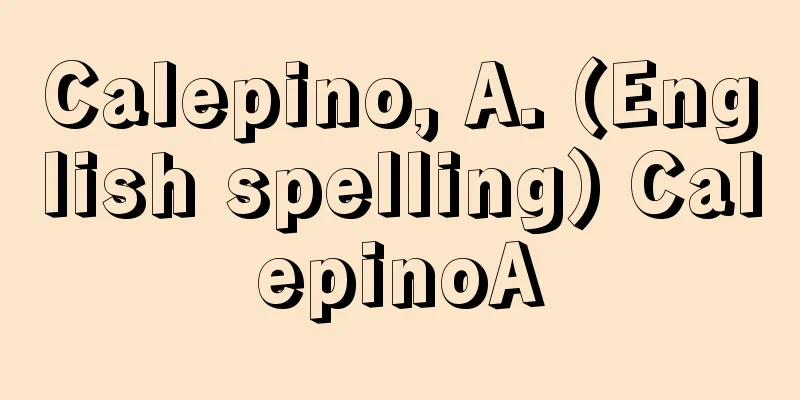Armstrong, Lance

Born September 18, 1971 in Plano, Texas. American cyclist (see Cycling). He won the Tour de France seven times in a row (1999-2005), an unprecedented record, but his records were cancelled due to doping (use of banned substances). From a young age, he participated in triathlons and swimming competitions. While in high school, he was selected to compete on the United States Cycling Federation's (USCF) Junior National Team, competed in the Junior World Championships, and won the U.S. Amateur Championships in 1990. He turned professional in 1992. In 1996, he was diagnosed with testicular cancer. He fought the disease to return to competitive racing, and in 1998, he won the Tour de Luxembourg, his first major race since being diagnosed with the disease. In 1999, he became the second American to win the Tour de France. He continued to win in 2000, 2001, and 2002, using his strength in mountain stages as a weapon. In 2003, despite accidents such as a collision and illness, he won the Tour de France five times in a row, tying Miguel Indurain's record. In 2004, he won the Tour de France six times in a row, breaking Indurain's record, and in 2005, he won the Tour de France seven times in a row, after which he announced his retirement. He also devoted himself to the cancer eradication campaign and founded the Lance Armstrong Foundation. In 2012, the results of an investigation by the United States Anti-Doping Agency USADA, which found him to be the central figure in numerous doping allegations, were made public, and he was stripped of all his titles and banned for life from cycling. In 2000, he published his autobiography, It's Not About the Bike: My Journey Back to Life, co-written with Sally Jenkins. Armstrong |
|
[生]1971.9.18. テキサス,プレーノ アメリカ合衆国の自転車競技選手(→自転車競技)。ツール・ド・フランスで 7連覇(1999~2005)という前人未到の記録を打ち立てたが,ドーピング(禁止薬物使用)を理由に記録を抹消された。少年時代からトライアスロンや水泳の競技会に出場。高等学校在学中,アメリカ自転車競技連盟 USCFのジュニア・ナショナルチームの選手に選ばれ,ジュニア世界選手権大会に出場,1990年全米アマチュア選手権大会で優勝した。1992年プロに転向。1996年精巣腫瘍と診断される。選手生活への復帰を目ざし闘病を続け,1998年発病後初めての重要なレースであるツール・ド・ルクセンブルクで優勝を果たす。1999年ツール・ド・フランスでアメリカ人 2人目となる優勝を飾る。続く 2000,2001,2002年にも持ち前の山岳ステージでの強さを武器にして優勝。2003年には衝突や病気といったアクシデントにもかかわらずツール・ド・フランス 5連覇を達成,ミゲル・インデュラインの記録に並んだ。2004年に 6連覇してインデュラインの記録を更新し,2005年に 7連覇を達成したあと,引退を表明。癌の撲滅運動にも身を投じ,ランス・アームストロング財団を設立した。2012年,数々のドーピング疑惑の中心人物だったとするアメリカ反ドーピング機関 USADAの調査結果が公表され,全タイトルを剥奪,自転車競技界から永久追放された。2000年にサリー・ジェンキンズと共著の自伝『ただマイヨ・ジョーヌのためでなく』It's Not About the Bike: My Journey Back to Lifeを発表した。 アームストロング
|
>>: Amsterdam Rhine Canal - Amsterdam Rhine Canal (English spelling) Amsterdam‐Rijn‐Kanaal
Recommend
Vehicle inspection - shaken
A system to check whether the structure and equipm...
Wells, Henry
…A transportation and finance company that played...
Position Gauge - ichigeji
…Contour gauges are used to check the shape of pa...
Euproctis subflava (poisonous moth)
An insect of the Lepidoptera order, family Lymantr...
Wilhelm Keitel
German military officer and field marshal. Born i...
Pan‐Africanism
Pan-Africanism is an ideological movement that was...
Onba - Onba
...In Kikaijima, Amami, they were called Okura an...
Mekari Shinto Ritual - Mekari no Shinji
This special ritual is held at Mekari Shrine (for...
Network service
There are two types of network services: "bro...
polyud'e (English spelling) polyude
… From the 9th to the mid-10th century, princes t...
The Three Journeys of Ohara
The title given to the three brothers Fujiwara no ...
Shoulder raincoat - Katamino
…The Nihon Shoki records that Susanoo bundled gre...
Nippur - Nippur (English spelling)
Nufal is a city ruin located about 30 km northeas...
Gangue - Myakuseki (English spelling) gangue
Gangue refers to minerals that occur in mineral d...
Light emitting diode - Hakkodaiodo (English spelling) light emitting diode
A diode that emits light when a current is passed...









